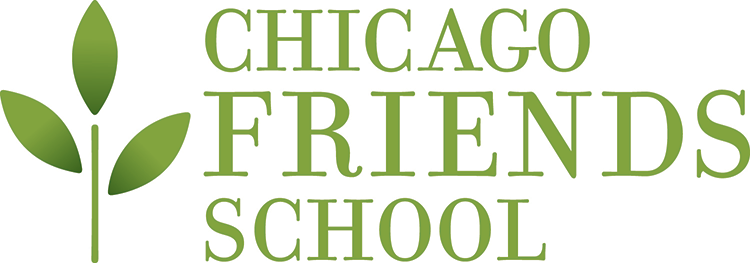Engaged, Mulfaceted Curriculum Students of this age are curious about the broader world, and our upper elementary curriculum begins to delve more deeply into history, science, and literature. Classes engage in thoughtful discussion of everything from world events to literary structure. Students are encouraged to bring their questions and interests into the classroom and project-based learning is an integral part of the curriculum in all content areas.
Growing Independence The upper elementary years are a time of increasing student independence and self-directed learning. In the daily routines of the classroom, students are expected to work independently, and—with help—monitor their own progress. Student learning is supported through a mixture of direct instruction, project-based learning, and ability level group instruction. Although formal grades are not part of the elementary curriculum, students in these grades learn to evaluate their own work using rubrics.
Conscious Culture Peer relationships become more weighted and complex in the 3rd-5th grade years, even as schoolwork becomes more challenging, and we seek to give students the skills needed to navigate their greater freedoms and greater responsibilities. Upper elementary students are ready to take a conscious, active role in the development of the classroom culture. Daily reflection periods engage children in discussion of our school as a learning community and themselves as students. Quaker values are considered in-depth and inform the decisions we make as a class and as individuals. Our Second Step socio-emotional curriculum encourages students in the upper elementary grades to develop skills for independent learning habits and negotiations with peers.
CURRICULUM
Language Arts instruction introduces critical thinking about reading and writing while maintaining students’ love of stories and learning. Reading instruction shifts from guided reading groups to meeting in “book circles” of students who are reading the same text independently. Writing instruction focuses on the three skill areas of persuasive, informative, and narrative writing, along with spelling, grammar, and punctuation.
Math in 3rd-5th grade works to expand students’ skills and solidify operations, develop their quantitative thinking, and ensure that their fundamental mathematical understandings become solid. Through our Singapore Math curriculum, students encounter new concepts of area and perimeter, measurement units, fractions, basic geometry, decimals, ratios, and percentages.
Social Studies in the 3rd-5th grade band gives students a grounding in history, government, and society. Social studies units are tied to our yearly theme and also aligned with the strands of the National Curriculum Standards for Social Studies. Frequent field trips augment the social studies curriculum. Science introduces basic content knowledge and guides students in the principles of experimentation and observation. Chicago Friends School uses the Next Genera1on Science Standards to guide our science curriculum in a 3-year cycle of physical science, life science, and earth science.
Spanish instruction focuses on developing students’ vocabulary and ability to have short conversations in Spanish in many contexts. Our Spanish instruction draws on the Spanish for You! curriculum and combines games, direct instruction, and traditional practice methods. Service Learning is an opportunity to make a real change in the world and learn while doing so. Service-learning has included outreach to homeless youth, support of wildlife habitats, and recycling projects.
Music in the upper elementary grades transitions into ensemble playing and composition. Students use Orff instruments and their own bodies and voices to produce sound, and they learn the fundamentals of musical notation, composition, and coordination. Visual Arts instruction in the upper elementary grades introduces new media and more instruction in technique. Assignments are often inspired by particular artists’ work, although student work continues to be expressive rather than imitative.
Movement and Mindfulness Gym classes promote fitness and provide a chance for children to learn games and practice good sportsmanship and emotional skills for competition. In yoga, students learn to move their bodies in a different way and to practice mindfulness. Both sets of skills, as well as social-emotional learning, are drawn on during free play recesses each day.
